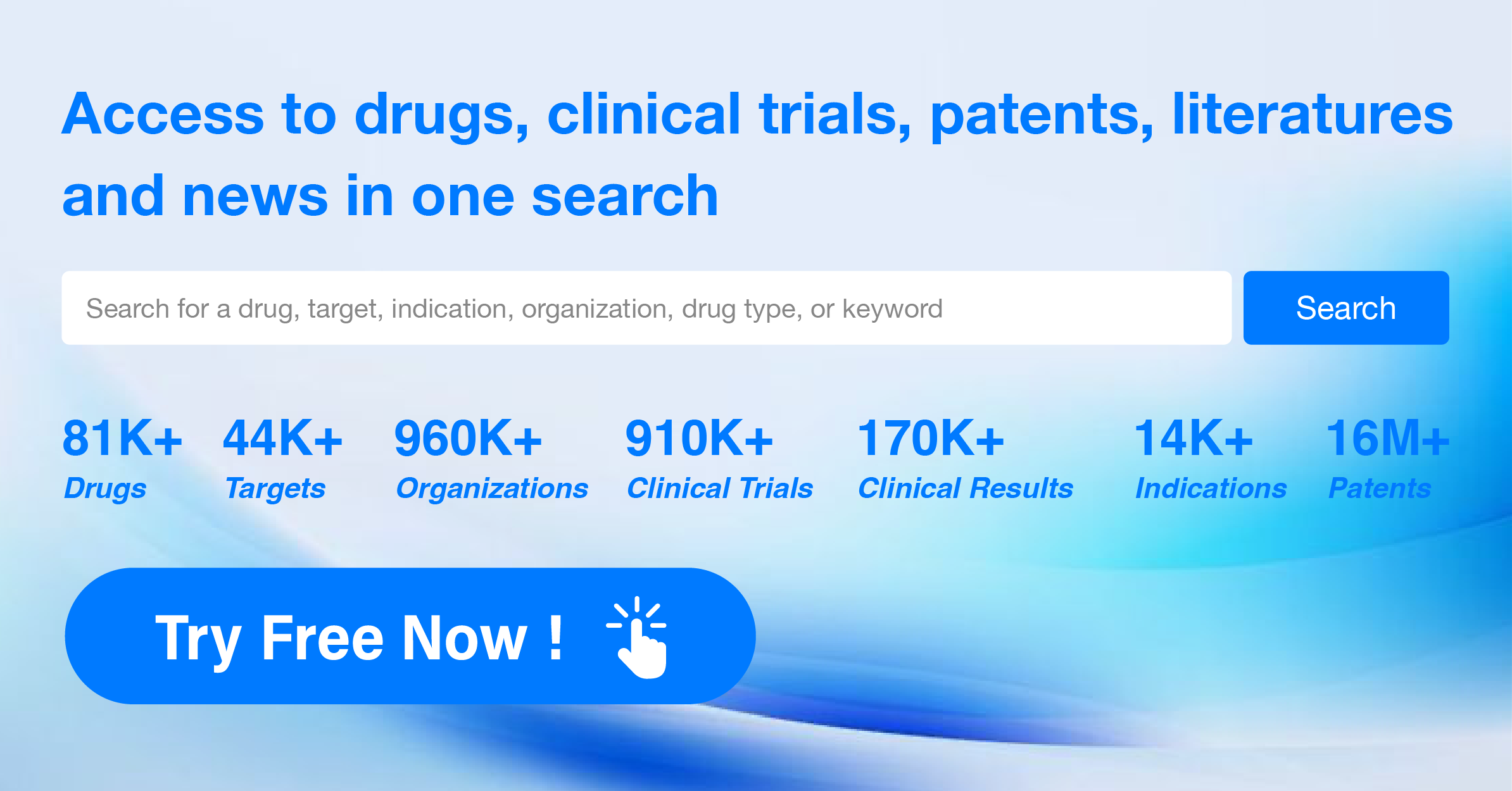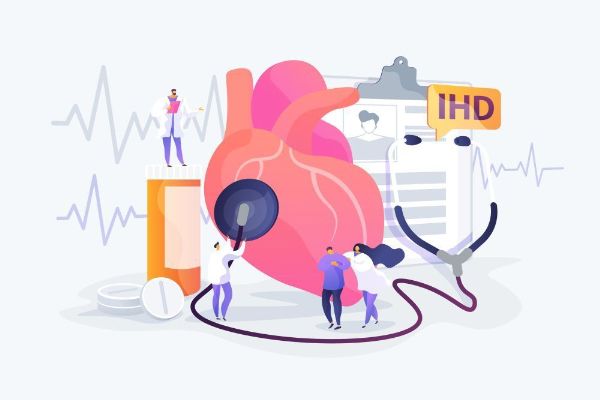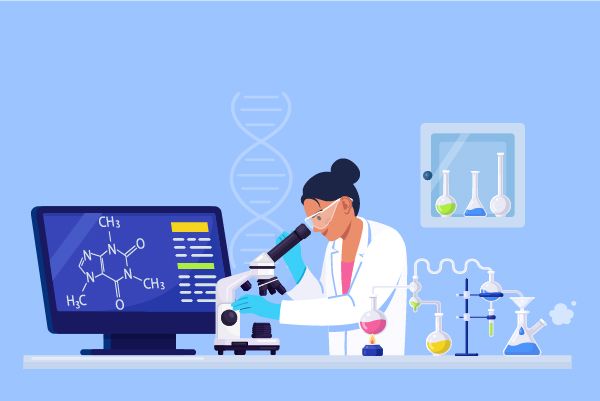What Is a Blockbuster Drug?
A "blockbuster drug" is a term used in the pharmaceutical industry to describe a medication that is extremely successful in the market, generating significant sales and revenue. Typically, a blockbuster drug is prescribed to a large number of patients and treats a widespread health condition, which contributes to its high sales volume.
Here are some key characteristics of a blockbuster drug:
1.High Demand: The drug addresses a common medical condition or disease, such as high cholesterol, hypertension, or type 2 diabetes, which affects a large patient population.
2.Significant Sales: Blockbuster drugs usually generate annual sales of over a billion dollars, with some even reaching several billions in revenue.
3.Market Leadership: These drugs often dominate their respective therapeutic categories and may set industry standards for treatment.
4.Patent Protection: Blockbusters are typically protected by patents, which prevent generic competition and allow the manufacturer to maintain high prices and profits.
5.Innovation: Blockbuster drugs often represent significant advancements in medical treatment, offering improved efficacy, fewer side effects, or greater convenience compared to existing treatments.
6.Brand Recognition: They are widely recognized by both healthcare professionals and the general public, often due to extensive marketing campaigns.
7.Longevity: While the term originally referred to drugs that became best-sellers within a short time after their release, many blockbuster drugs maintain their sales status for years, even decades, due to ongoing demand and the absence of equally effective alternatives.
Examples of blockbuster drugs include Lipitor (for cholesterol management), Viagra (for erectile dysfunction), and Humira (for various autoimmune conditions). These drugs have not only revolutionized treatment for their respective conditions but have also generated substantial profits for the pharmaceutical companies that developed them.




